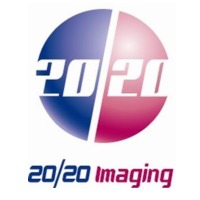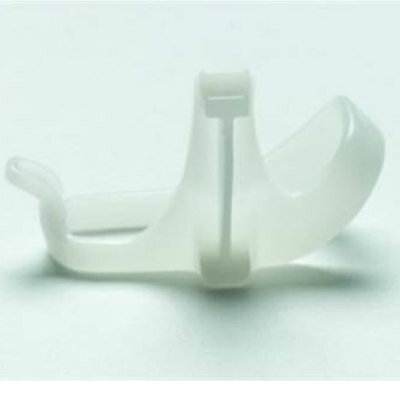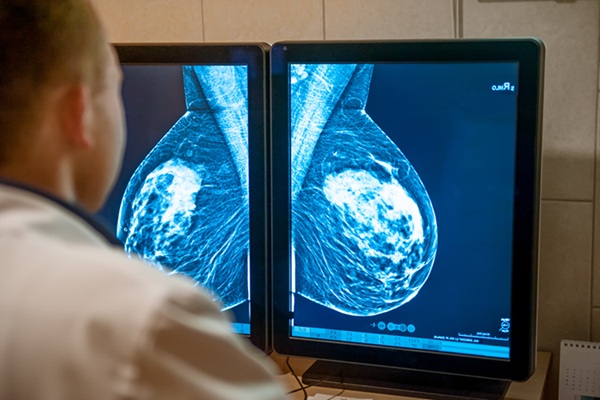Use of Iodinated Contrast Media Affects Thyroid Function
By MedImaging International staff writers
Posted on 30 Jan 2012
Exposure to iodinated contrast media during imaging procedures is linked to alterations in thyroid function and increased risk of developing hyperthyroidism.Posted on 30 Jan 2012
The report’s findings were published in the January 23, 2012, issue of Archives of Internal Medicine, one of the Journal of American Medical Association (JAMA)/Archives journals. “Iodinated contrast media [ICM] are commonly administered pharmaceutical agents,” the authors wrote. ICM are frequently used in scans and imaging procedures such as cardiac catheterization and computed tomography (CT) scans. “Although certain complications of ICM [e.g., contrast-induced nephropathy] have been extensively studied, there has been little examination of the effect of ICM on thyroid function.”
Connie M. Rhee, MD, and colleagues from Brigham and Women’s Hospital, Massachusetts General Hospital, and Harvard Medical School, all Boston (MA, USA)-based organizations, studied data from patients treated between January 1990 and June 2010 who did not have preexisting hyperthyroidism or hypothyroidism. Patients were matched with euthyroid (normal thyroid function) controls, and exposure to iodinated contrast media was evaluated using claims data.
A total of 178 patients with incident hyperthyroidism and 213 patients with incident hypothyroidism were matched to 655 and 779 euthyroid individuals, respectively. The investigators found that iodinated contrast media exposure was linked with incident hyperthyroidism, but no statistically significant association was found with incident hypothyroidism.
A secondary analysis indicated an association between iodinated contrast media exposure and incident overt (clinical; diagnosed based on characteristic clinical features) hypothyrodism and incident overt (clinical) hyperthyroidism.
“In summary, these data support association between ICM exposure and incident hyperthyroidism, incident overt hyperthyroidism and incident overt hypothyroidism,” the authors concluded. “Given the pervasive use of ICM in contemporary practice and the known sequelae of thyroid functional derangements, further studies are needed to confirm and evaluate generalizability of these findings, to establish causality and to explore mechanisms.”
In an accompanying invited commentary, Elizabeth N. Pearce, MD, MSc, from Boston University School of Medicine (MA, USA) wrote that Dr. Rhee and colleagues “describe significant associations between contrast exposure and the development of hyperthyroidism. While no overall association exists between contrast exposure and all forms of hypothyroidism, an association was noted when cases were restricted to those with overt hypothyroidism. These data represent an important contribution to our knowledge about a clinically relevant and understudied area. Rhee et al have demonstrated that a relatively large proportion of individuals who developed iodine-induced thyroid dysfunction were not known to have underlying risk factors. Therefore, patients who may be particularly unable to tolerate thyroid dysfunction, such as those with underlying unstable cardiovascular disease, are also good candidates for monitoring of thyroid function after iodine exposure.”
Related Links:
Brigham and Women’s Hospital
Massachusetts General Hospital
Harvard Medical School














